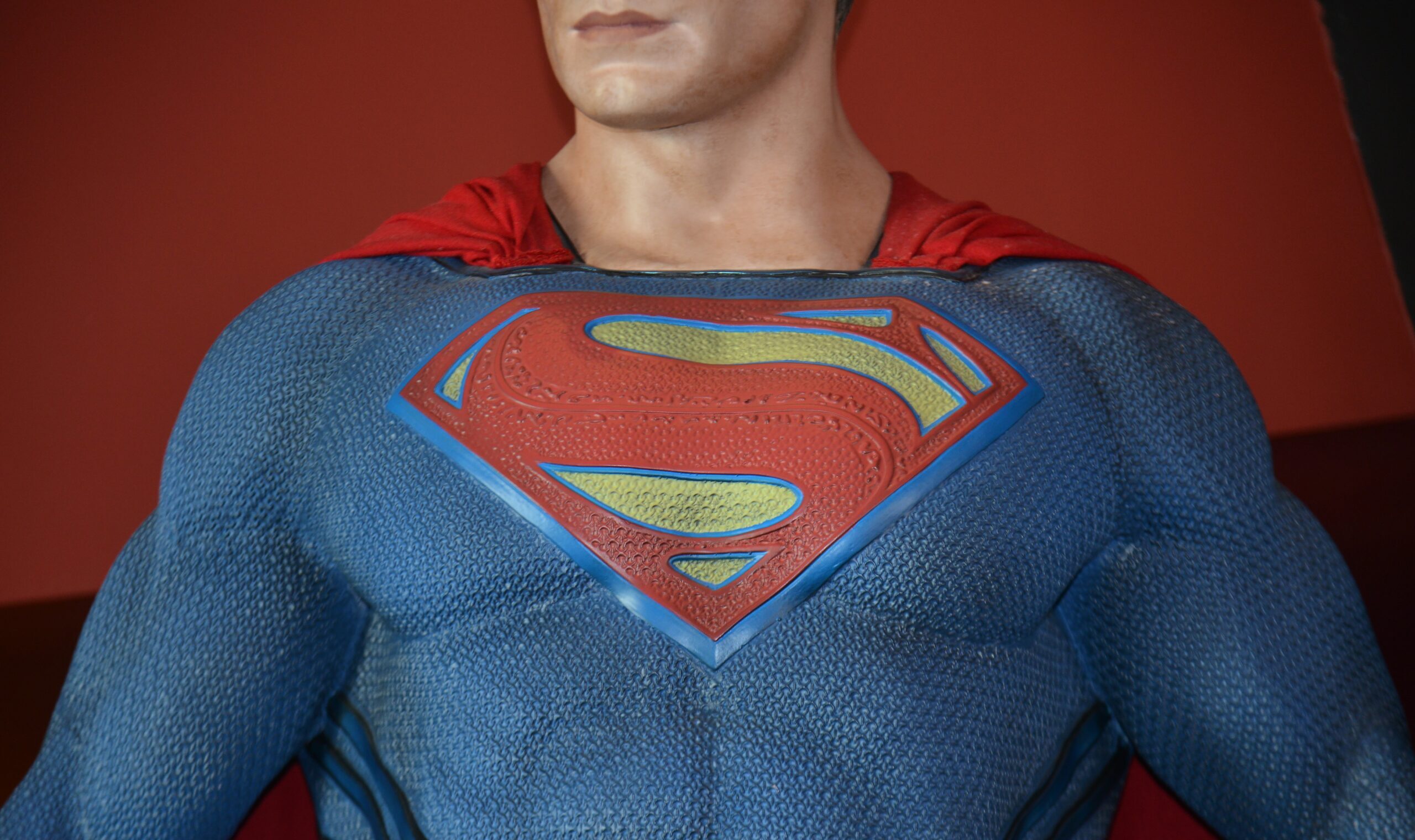The Aftermath of the Libyan War (IV)
Reuters reports on the ongoing post-Gaddafi destabilization of neighboring Mali:
Since the fighting in Mali erupted in mid-January, dozens have been reported killed on both sides and at least 60,000 civilians have fled their homes in a Sahel region already facing a humanitarian crisis from the latest of its recurrent droughts.
Anti-terrorism training and cooperation between the Malian government and key allies like the United States and Algeria have been disrupted. The fighting could also force Mali to postpone a planned April 29 election.
Bamako accuses the MNLA of joining forces with al Qaeda’s North African wing, AQIM, in the Aguelhoc attack. Several soldiers involved said they faced bearded fighters in Afghan-style dress. One resident who helped bury the dead said more than 115 soldiers were killed, many with their hands bound.
The Malian government has every reason to invent or exaggerate links with AQIM, but that doesn’t mean those links don’t exist. So it is possible that AQIM has benefited from instability resulting from the Libyan war. What we can say with more certainty is that the aftermath of the Libyan war continues to harm some of Libya’s neighbors, and it is contributing to a humanitarian crisis in a U.S.-friendly country as well as undermining a friendly government. Even if the Tuareg fighters aren’t working with AQIM, the resources Mali has to divert to combat them are resources that would otherwise be used for counter-terrorism:
Yet even if the rebellion is unlikely to succeed in creating a new Tuareg state, it is a direct challenge both to Mali and the international fight against al Qaeda cells and trafficking gangs that have made the desert north their stamping ground.
——–
Washington has tried to bolster Mali’s army, providing $17 million in military aid over the last year to equip and train forces in everything from desert warfare to winning hearts and minds. European nations have offered their help too.
But many of these men and much of this equipment are now likely to be diverted to tackle the MNLA, not Islamists.
Meanwhile, in Libya rule by militias continues:
The militias are proving to be the scourge of the revolution’s aftermath. Though they have dismantled most of their checkpoints in the capital, they remain a force, here and elsewhere. A Human Rights Watch researcher estimated there are 250 separate militias in the coastal city of Misurata, the scene of perhaps the fiercest battle of the revolution. In recent months those militias have become the most loathed in the country.
These are all conditions that the U.S. and our allies helped to create.
